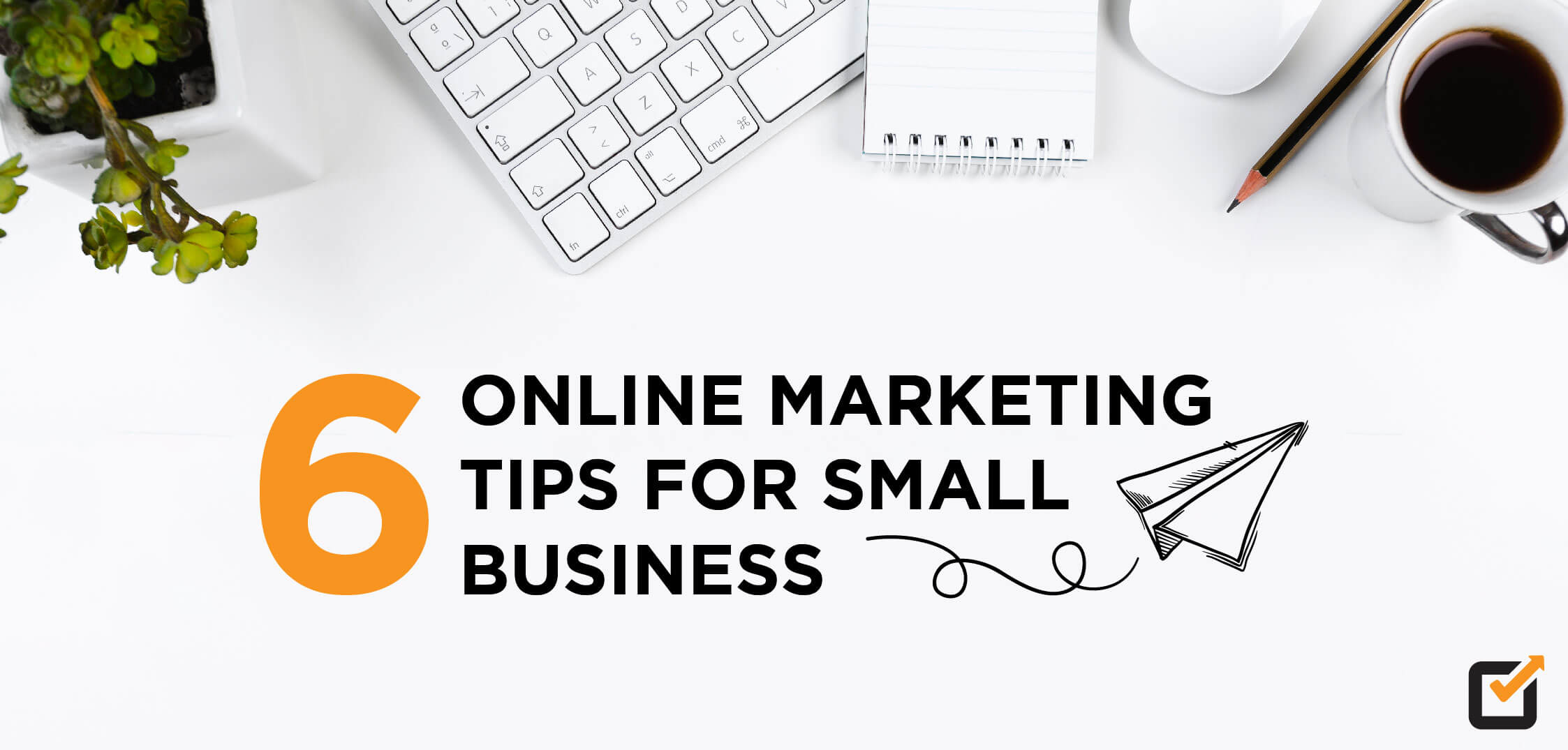Let’s suppose your product or service becomes the talk of the town, not because you spent a fortune on advertising but because people genuinely love what you do. That’s the essence of word-of-mouth marketing. It’s about transforming your customers into your most passionate spokespersons.
When was the last time you tried a new restaurant or downloaded an app purely because someone you trusted couldn’t stop talking about it? That’s the word-of-mouth marketing in action. It’s real, organic, and incredibly effective.
Nowadays, everyone’s looking for that secret that gets their brand, product, or service buzzing. But there’s nothing more powerful than a recommendation from a trusted friend or a rave review from a satisfied customer.
As effective as it is, word-of-mouth marketing requires a different approach than traditional marketing. It demands the use of multiple management tools, analytics, and whatnot. WOMM relies heavily on your brand positioning, your brand’s perception, and customer experience.
In this guide, we will break down word-of-mouth marketing and how you can craft a strategy that doesn’t just leave your success to chance.
Let’s dive in.
What Is Word-Of-Mouth Marketing?
Word-of-mouth marketing (WOMM) is as old as commerce itself but still stands as one of the top strategies for marketers today. It’s all about getting people to talk about your product or service naturally, using the positive experiences of happy customers to spread the word instead of relying solely on ads.
Social Media Should Be Fun, Not Frantic!
Social Champ makes it easy to plan, post, and analyze, leaving you more time to celebrate wins and engage with your audience.
WOMM values real, heartfelt recommendations over anything paid for. Imagine a friend telling you about a great cafe they discovered. You’re likely to trust their word and give it a try, right? That’s the magic of WOMM. Recommendations from people we know carry a weight that no ad can match, often leading to a solid base of loyal customers who are excited about what you offer.
With the internet and social media, word-of-mouth isn’t just over the backyard fence anymore. A single online post from a happy customer can quickly reach thousands, spreading good words about your business far and wide in no time.
Success with WOMM doesn’t just happen, though. It starts with offering something worth talking about. This could be an amazing product, standout service, or even how you connect with your community.
Considering this, you need to ensure your customer service is top-notch, build a strong community feel around your brand, and keep engaging directly with your customers to fuel those conversations.
Word-of-mouth marketing isn’t passive; it requires a nudge here and there. This might mean setting up a referral program, encouraging reviews, or running campaigns that get customers to share their content. Regularly interacting with followers on social media also keeps the momentum going.
Related Article: How to Leverage Insights From Your Social Media Analytics Report for Growth
Word-Of-Mouth Marketing Statistics
The power of word-of-mouth Marketing (WOMM) isn’t just based on stories; it’s supported by solid data that shows why companies should make it a crucial part of their marketing mix.
- Building Trust: A Nielsen report states that 92% of people trust recommendations from friends and family over any type of advertising. This fact shows how much more impactful personal suggestions are than traditional ads. It’s simple—when advice comes from someone we know, we’re far more likely to take it to heart.
- Boosting Sales: Research by the Word-of-Mouth Marketing Association (WOMMA) and the American Marketing Association (AMA) discovered that sales from word-of-mouth are 5 times higher than those from paid ads. This proves WOMM’s ability to bring in new customers and can outperform many other marketing methods in converting interest into sales.
- Keeping Customers Around: The Harvard Business Review found that people who find a business through word-of-mouth have a 37% higher retention rate. That means customers gained via WOMM stick around longer, making them more valuable over time, thanks to repeat business and potentially more referrals.
- Influencing Decisions: A study by Ogilvy, Google, and TNS revealed that 74% of consumers see word-of-mouth as a crucial influencer in their buying decisions. This indicates that WOMM plays a vital role in catching consumers’ attention and guiding them through making purchases.
- Improving Marketing Returns: According to Market Share research, incorporating WOMM into your marketing strategy can boost its effectiveness by up to 54%. That’s a significant leap, showing that WOMM doesn’t just work well on its own—it makes all your other marketing efforts more productive, too.By creating genuine connections and experiences for customers, businesses can use WOMM to extend their reach and establish lasting relationships based on trust. In a world where consumers are becoming more wary of traditional ads, word-of-mouth marketing stands out as a vital strategy for real engagement and sustainable growth.
Types of Word-Of-Mouth Marketing
Word-of-mouth marketing strategy is a flexible and powerful strategy that marketers can adapt in several ways, depending on their goals. Here are the main types of WOMM you might encounter:
Organic Word-Of-Mouth
This occurs naturally when people become fans of a product or service and decide to share their experiences with others. It’s driven purely by customer satisfaction and enthusiasm. Businesses don’t have much control over this type, but they can fuel it by consistently delivering great products and exceptional customer service.
Amplified Word-Of-Mouth
Unlike organic WOMM, the company initiates amplified word-of-mouth through campaigns designed to encourage or accelerate marketing in existing or new communities. This could involve referral programs, social media contests, influencer partnerships, or any initiative that motivates sharing about the brand.
Experiential Word-Of-Mouth
This type springs from direct experiences with a product or service. If a customer’s first interaction with a product is positive and exceeds expectations, they will likely share that experience. On the flip side, negative experiences can also drive word-of-mouth, but obviously in an undesired direction.
Consequential Word-Of-Mouth
This form results from company actions, such as ad campaigns, that lead to consumer discussions. For example, an innovative or controversial advertisement might not directly promote word-of-mouth about the product. Still, it can spark conversations that eventually lead back to the company or its products.
Influencer Word-Of-Mouth
It involves leveraging individuals with a large following or high credibility in a particular niche to spread the word about a product or service. These influencers can significantly sway their followers’ opinions and decisions, making this an impactful strategy for reaching new audiences.
Social Media Word-Of-Mouth
Given the viral nature of social media, this type allows messages to spread swiftly across networks. Whether through shares, likes, reviews, or comments, social media platforms are powerful conduits for organic and amplified word-of-mouth marketing strategies.
Referral Word-Of-Mouth
This involves directly encouraging existing customers to refer friends and family, often incentivized through discounts, freebies, or other rewards. It’s a structured approach to spreading word-of-mouth and is highly effective due to the trust inherent in personal recommendations.
Community Word-Of-Mouth
Focused on building and nurturing a community around a brand or product. This could be through forums, fan pages, or even offline meetups. A strong community fosters a sense of belonging among members, who are likelier to talk about the brand within and outside the community.
Featured Article: How to Upload a YouTube Short: A Step-by-Step Guide in 2024
Word-Of-Mouth Marketing Examples
To get a clear picture of WOMM’s impact, let’s look at how some brands have brilliantly put it to work.
Dropbox: Rewarding Referrals for Bigger Growth

Dropbox offers a perfect example of WOMM in action. Early on, the company faced the tough task of drawing in users to its cloud storage platform, a service not many were familiar with at the time. To tackle this, Dropbox came up with a smart referral program. They gave extra storage space to anyone who brought in new users.
This move turned Dropbox’s users into eager promoters. People generally enjoy sharing great finds with friends, and getting something useful like more storage space made them even more likely to talk about Dropbox.
This approach sparked a chain reaction of referrals, massively boosting Dropbox’s user numbers. In fact, Dropbox jumped from 100,000 to 4 million users within just 15 months because of this strategy.
Dollar Shave Club: Viral Videos for the Win

Dollar Shave Club took a different path with its WOMM efforts. In 2012, they released a video that quickly went viral. It featured their CEO humorously talking up the benefits of their razor subscription service. The video was not only funny but also did a great job of explaining why their service was worth trying, encouraging viewers to share it far and wide.
The video wasn’t just for laughs; it effectively spread the word about Dollar Shave Club’s offerings, leading to a significant increase in subscribers. Its popularity helped pave the way for the company’s impressive growth and eventual purchase by Unilever for $1 billion.
Related Article: Planoly Pricing: A Breakdown of the 2024 Pricing Model
How to Increase Word-Of-Mouth Marketing
To actively increase word-of-mouth about your brand, consider the following strategies:
Provide Exceptional Product or Service
This might seem obvious, but it’s crucial. You need to provide a high-quality product or service that customers love and want to share with others. Without this foundation, your word-of-mouth efforts will likely fall flat.
Facilitate Easy Sharing
The easier it is for customers to share their experiences with others, the more likely they are to do so. Implement sharing buttons on your website, create social media-friendly content, and provide simple ways for customers to tell their friends.
Incentivize Referrals
Offering rewards, discounts, or other incentives to customers who refer others can be a powerful way to turn happy customers into brand ambassadors. Just like Dropbox did in its early stages, rewarding referrals adds an element of fun and benefit to sharing. Another great example of word-of-mouth referral is Byte, which labels its referral program as its highest converting channel.

Engage With Online Reviews
Manage and engage with online reviews on platforms like Yelp, Google, and social media. Respond to both positive and negative feedback in a professional and helpful manner. This not only influences the reviewer but also the potential customers reading the reviews.
Best Practices for Word-Of-Mouth Marketing
Developing a word-of-mouth strategy takes time, creativity, and understanding your customer base. To do it effectively, follow these best practices:
Understand Your Audience
To create a message that resonates, you need to understand who you are talking to. What are their values, interests, and needs? Knowing your audience allows you to create content and experiences that elicit positive conversation.
Encourage User-Generated Content
Content created by your customers is incredibly valuable. It’s authentic, and it also encourages engagement. Whether it’s photos, videos, or reviews, user-generated content can be shared and viewed by thousands of potential customers.
Be Authentic
In a world saturated with advertising, authenticity stands out. Be transparent with your customers, and they will be more likely to share their experiences with others.
Measure and Analyze
Set up tracking to measure and analyze the success of your word-of-mouth marketing. Look at metrics like customer referrals, social media shares, and reviews. Use these insights to make informed decisions about your strategy.
In Conclusion
Word-of-mouth marketing is more than a happy accident; it’s a strategic imperative. By creating amazing products, providing exceptional service, and actively encouraging customers to share their experiences, you can harness its power to amplify your brand’s message.
Effective word-of-mouth marketing is about building relationships, sparking conversations, and empowering your biggest fans. It’s about creating a community around your brand and letting that community do what it does best — connect with and influence others.














